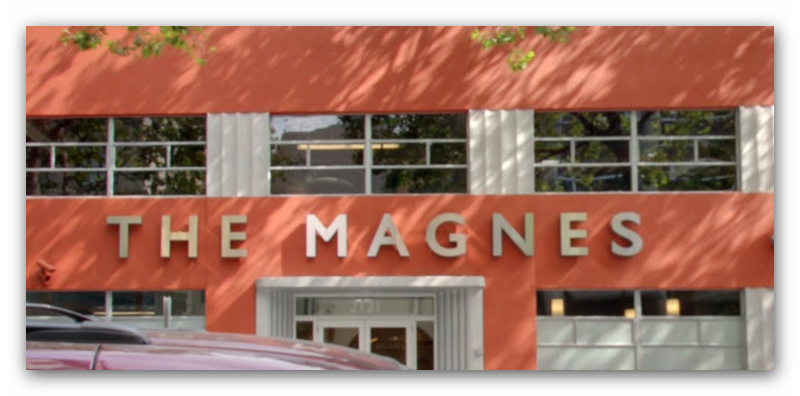Aug 30 2016 - Dec 16 2016
Magnes Collection of Jewish Art and Life
Berkeley, CA
All major Jewish museum collections worldwide include important artifacts from Italy, and the Magnes is no exception. This exhibition presents a selection of manuscripts, books, ritual objects, textiles, photographs and postcards collected by The Magnes over five decades to investigate the global significance of Jewish history in Italy.
At no time in history, before the creation of the State of Israel, did Jews from so many different parts of the world live together, and in such a stimulating (albeit at times threatening) environment as they did in the land they soon started calling in Hebrew i-tal-yah, an “Island of Divine Dew”. A crossroads in world culture, Italy has been for over two thousand years a haven for many layers of immigration from the four corners of the Diaspora. Different Jewish worlds mingled together in the peninsula, while still keeping specific traits. This ensured the persistence and the coexistence of distinctive Italian, Sephardic and Ashkenazi identities, rituals and traditions from antiquity to the the Modern Era. Jewish cultures developed within the walls of Renaissance ghettos, during the Emancipation in the mid-19th century, and into the present.
Thus, Jewish Italy appears before our eyes both as a time capsule, where ancient cultural traits have been safely preserved, and as a laboratory, in which such traits were adapted to constantly changing living conditions. While maintaining century-old traditions, Italian Jews also tested out new cultural formats that came to define Jewish modernity. Featuring prominently among these are the emergence of women as a foundational constituency of the Jewish social fabric, the printing of the Hebrew Bible and the Talmud as hypertexts, the illustration of Hebrew manuscripts—Esther scrolls and marriage contracts—as forms of “Jewish art,” the public performance of Jewish culture as “entertainment” for society at large, and the cultivation of the synagogue as a porous space fostering multicultural encounters.
Italian Jews successfully negotiated their way across tradition, diversity, religious conflicts, emancipation, cosmopolitanism and multiculturalism, all at the very heart of Christianity. Their vicissitudes mirror the history of the Jewish people at large, both because of Italy’s close similarity to and strong cultural influence upon many European countries, and because of its central place in the Mediterranean. Their cultural wealth progressively lost traction at the turn of the 20th century, and effectively came to a halt with the rise of Fascism and the anti-semitic laws proclaimed in 1938.
Exhibition Venues & Dates
Aug 30 2016 - Dec 16 2016
Magnes Collection of Jewish Art and Life
Berkeley, CA
